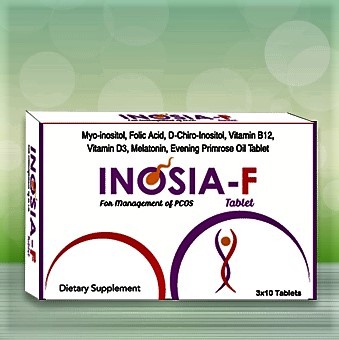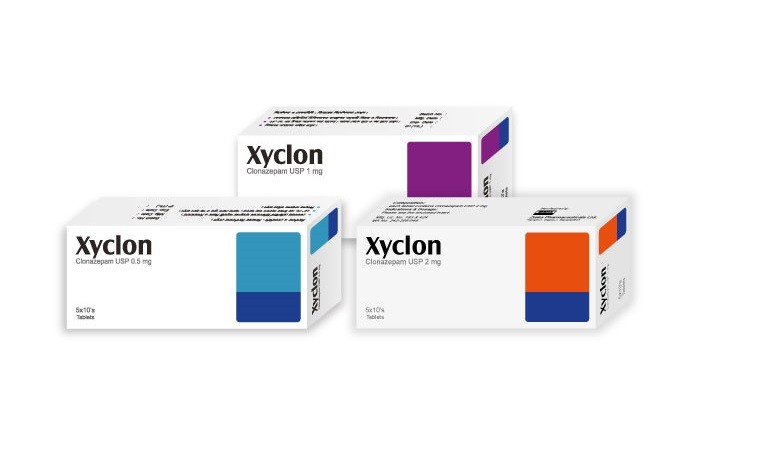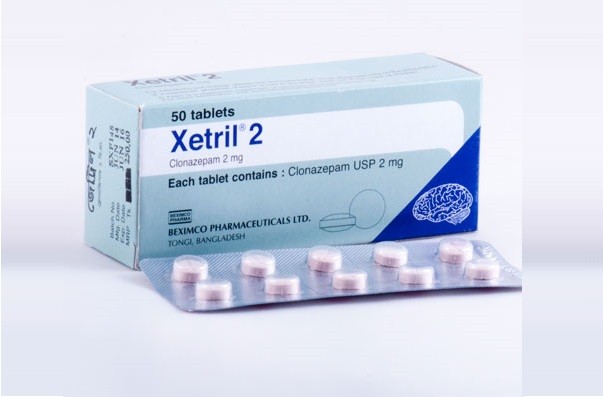

Arotril 0.5 Tablet 100's pack
+88 01336 242 801
-
Helax Tabler 50's pack
৳144.00 -
Enosperm Tablet 30 pcs
৳1,620.00 -
Glow Briss Face Wash 100 ml
৳1,081.00 -
Inosia-F Tablet 30 pcs
৳1,757.80 -
OSTE-Plus Tablet 30's pack
৳653.30
Indications
·
It is indicated for the treatment of panic
disorder, with or without agoraphobia. Panic disorder is characterized by the
occurrence of unexpected panic attacks and associated concern about having
additional attacks, worry about the implications or consequences of the
attacks.
·
It is also indicated alone or as an adjunct in
the treatment of the Lennox-Gastaut Syndrome (petit mal variant), akinetic and
myoclonic seizures. It may be indicated in patients with absence seizures
(petit mal) who have failed to respond to succinimides.
·
The effectiveness of Clonazepam in long-term
use, that is, for more than 9 weeks, has not been systematically studied in
controlled clinical trials. The physician who elects to use Clonazepam for
extended periods should periodically reevaluate the long-term usefulness of the
drug for the individual patient.
Dosage &
Administration
Oral:
·
Adults: The
initial dose for adults with seizure disorders should not exceed 1.5 mg/day
divided into three doses. Dosage may be increased in increments of 0.5 to 1 mg
every 3 days until seizures are adequately controlled or until side effects
preclude any further increase. Maintenance dosage must be individualized for
each patient depending upon response. Maximum recommended daily dose is 20 mg.
·
The initial dose for
adults with panic disorder is 0.25 mg given in two divided dose. An
increase to the target dose for most patients of 1 mg/day may be made after 3
days.
·
Pediatric Patients:
In order to minimize drowsiness, the initial dose for infants and children (up
to 10 years of age or 30 kg of body weight) should be between 0.01 and 0.03
mg/kg/day but not to exceed 0.05 mg/kg/day given in two or three divided doses
Side Effects
The most frequently occurring side effects of Clonazepam are
referable to CNS depression. Experience in treatment of seizures has shown that
drowsiness has occurred in approximately 50% of patients and ataxia in
approximately 30%. In some cases, these may diminish with time; behavior
problems have been noted in approximately 25% of patients. Abnormal eye
movements, aphonia, coma, tremor, vertigo, confusion, depression, amnesia,
hallucinations, hysteria, increased libido, insomnia, psychosis &
palpitations may also occur.
























































